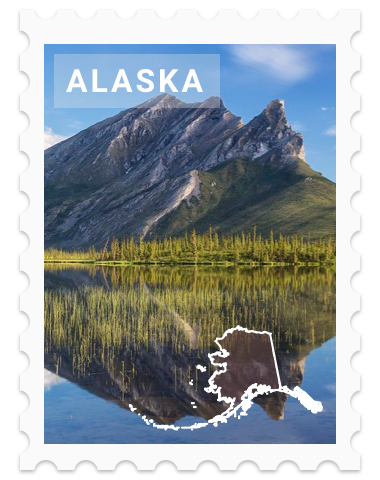Lake Clark National Park United States
This remote park is only accessible by boat or seaplane.
Photo by Lake Clark National Park & Preserve
Kid Rating:


Lake Clark National Park and Preserve is in southwest Alaska, about 100 miles (160 km) southwest of Anchorage. The park was first proclaimed a national monument in 1978, then established as a national park and preserve in 1980 by the Alaska National Interest Lands Conservation Act.
The park includes many streams and lakes vital to the Bristol Bay salmon fishery, including its namesake Lake Clark. The park protects rainforests along the coastline of Cook Inlet, alpine tundra, glaciers, glacial lakes, major salmon-bearing rivers, and two volcanoes, Mount Redoubt and Mount Iliamna.
Mount Redoubt is active, erupting in 1989 and 2009. The wide variety of ecosystems in the park mean that virtually all major Alaskan animals, terrestrial and marine, may be seen in and around the park. Salmon, particularly sockeye salmon, play a major role in the ecosystem and the local economy. Large populations of brown bears are attracted to feed on the spawning salmon in the Kijik River and at Silver Salmon Creek. Bear watching is a common activity in the park.
No roads lead to the park which can only be reached by boat or small aircraft, typically floatplanes. The major settled area in the park and preserve is Port Alsworth on Lake Clark. Five other settlements are near the park, populated mainly by Dena'ina natives. Prior to the park's establishment, isolated cabins were scattered around the region, the most well-known belonging to Richard Proenneke, whose films documenting his solitary life at Twin Lakes were made into Alone in the Wilderness in 2003.
Lake Clark was proclaimed a national monument by President Jimmy Carter using the Antiquities Act on December 1, 1978. Lake Clark's status was changed to national park and preserve in 1980 by Congress, and about two-thirds was designated wilderness. While both sport and subsistence hunting are permitted in the national preserve lands, only subsistence hunting by local residents is permitted within the national park.







